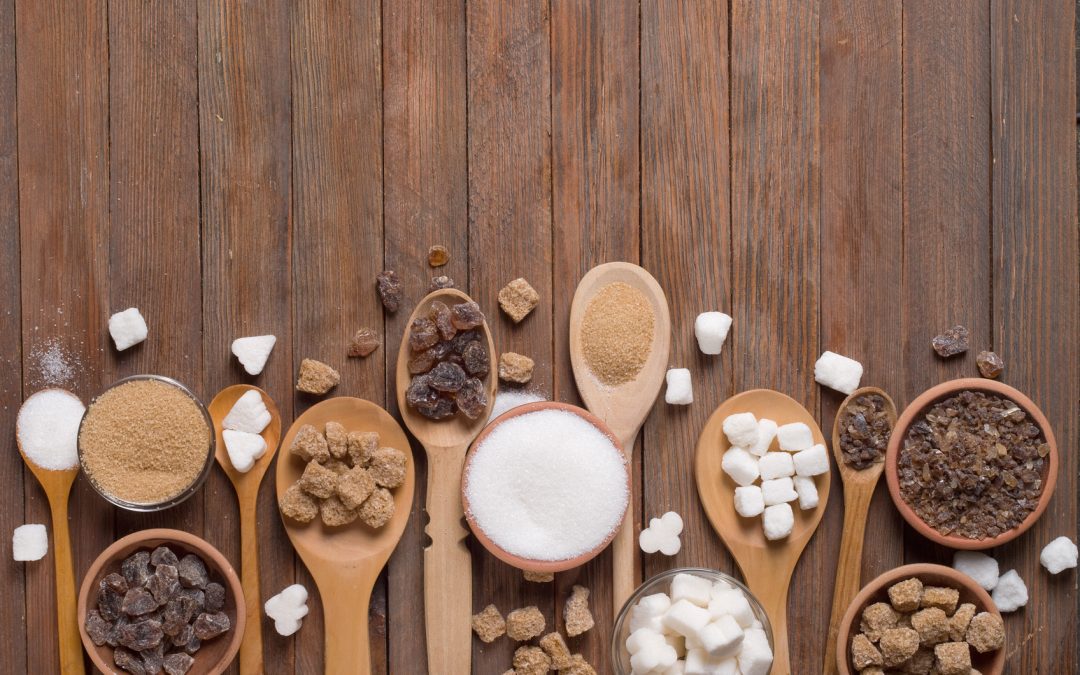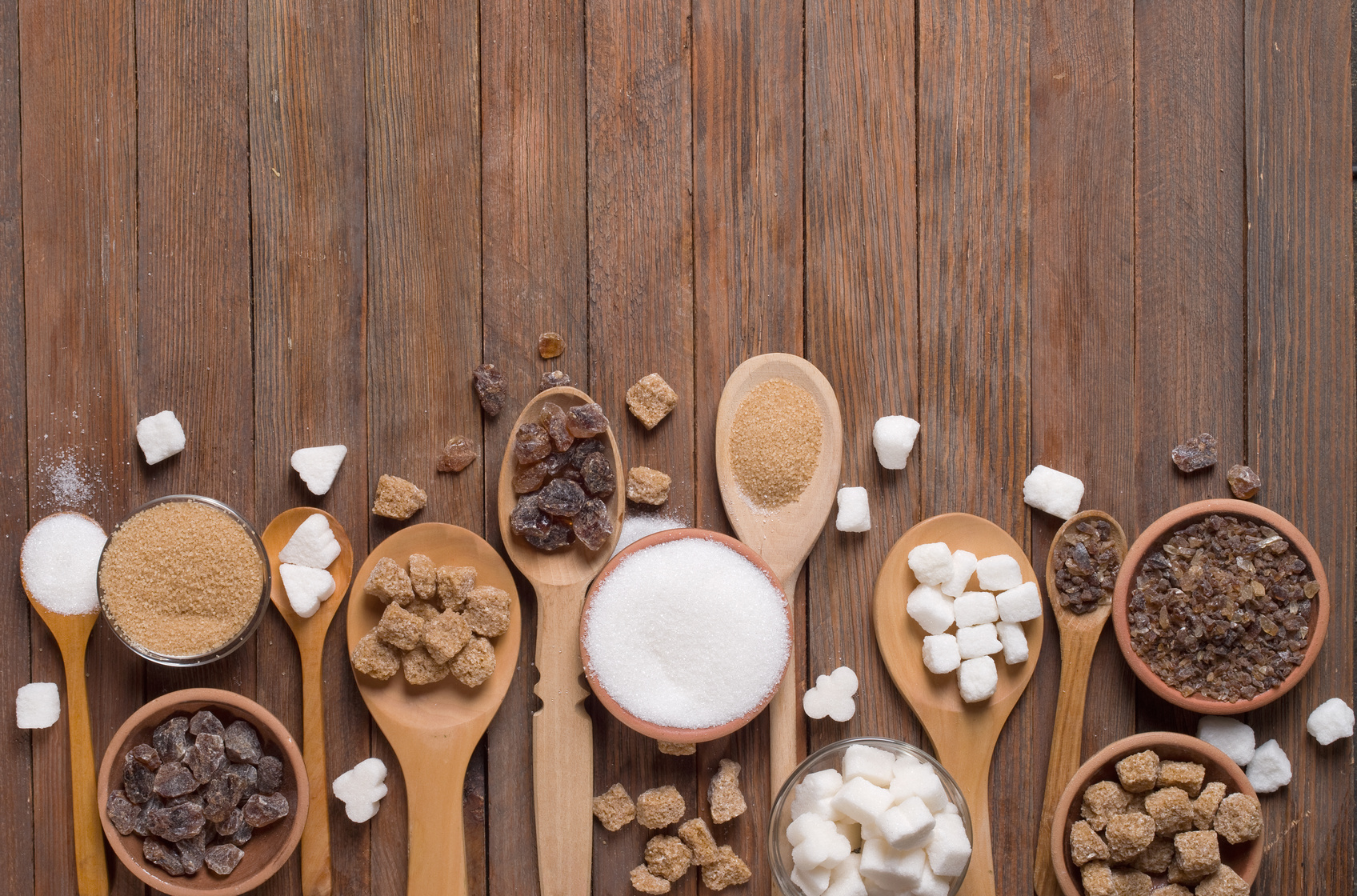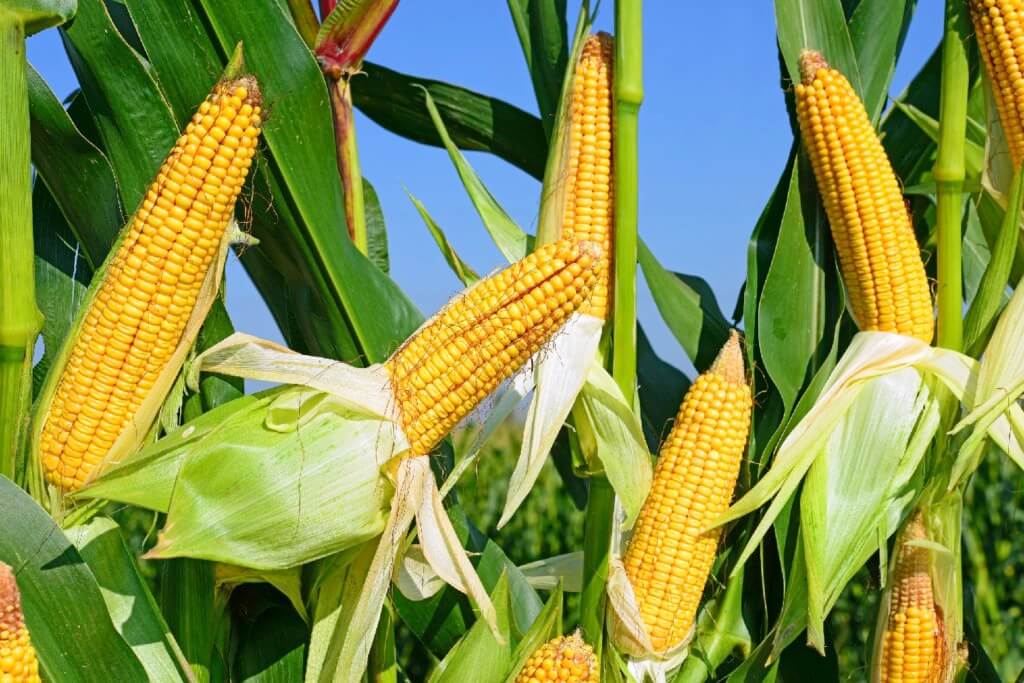Subscribe: Apple Podcasts | Google Podcasts | RSS
iSelect managing director Mark McCall recently participated in a panel discussion at the Family Office Impact Summit at the United Nations headquarters in New York. Hosted by Gitterman Wealth Management, Family Office Insights and 5th Element Group, the event was a private gathering of 250 Family Office, ESG, Impact, and Climate Change Experts to discuss the relationship between private capital and positive social change. Mark was able to sit down with Ed Rogers, CEO of iSelect portfolio company Bonumose, to talk about the intersection of food and health, the potential impact of “healthy” sugars and the opportunities that Bonumose is seeing in the market for nutritious, natural sugars.
Mark McCall: Good afternoon everybody. My name is Mark McCall. I’m a managing director at iSelect Fund. We are a venture capital firm headquartered in the Midwest. With me is Ed Rogers. He’s the CEO and cofounder of Bonumose, one of our exceptional portfolio companies.
I just want to first of all say thank you again to Jeff, to 5th Element, and everyone else for this fantastic conference. I am not from a family office, but I feel like I’m in a family of 300 people right now. This is right down our alley and I love everything that’s going on here.
Just a few words about iSelect. Again, we are a venture capital firm. We’re headquartered in the Midwest in St Louis. We primarily invest in food and agriculture and healthcare and life sciences, a little bit of resource efficiency as well. We have over 50 portfolio companies, and importantly we are an open ended evergreen platform, making it very accessible for investors to invest in the companies that we bring onto our platform, which is about two companies every month, to invest on a continuous basis and also to develop customized investment plans.
Ed, I’m going to let you introduce the company, but one of the things I’d like to point out is the title of this session starts with “natural nutritious sugars.” I’m quite sure that most of you have not seen the words “nutritious” and “sugars” in the same sentence. So, with that in mind maybe introduce the company a little bit and perhaps give the audience a little bit of a taste of what that means.
Ed Rogers: So our company is a 3- year-old startup based in Virginia and we’re focused on nutritious sugar. Right off the bat, nutritious sugar is a thing and our company has a technology that will democratize nutritious sugar, making nutritious sugar affordable for mass market adoption.
It’s important to acknowledge whenever you’re talking about an alternative to regular sugar, to sucrose, which is the gold standard of sweeteners. It’s great tasting, it’s very functional and food sugar does a whole lot of things in foods beyond just bring sweetness. It provides the structure to foods. It reduces water activity in baked goods, so it helps reduce microbial contamination. It depresses the freezing point in ice cream to result in a creamy ice cream.
So these are all things that sugar does: it’s great tasting, it’s functional and it’s cheap. So all alternatives are going to be judged that way at least by the consumers.
So we have a process for producing rare sugars such as tagatose and allulose. They occur naturally in fruits and some grains and actually tagatose occurs in the Cacau tree, the tree that produces the bean for chocolate. But they occur in such tiny quantities that they can’t effectively be harvested.
There are processes for making these rare sugars that are expensive and we’ll talk about that in a second, but what you really need to know is that they really shine when it comes to health. So allulose and tagatose do not raise your blood sugar level. In fact, tagatose has been shown in phase three clinical trials to reduce blood sugar levels. So not just not raised, but actually reduce. They are not going to cause cavities.
Allulose has even been shown to break up dental plaque, so it’s good for oral health can be used in toothpaste and mouthwash. They both contribute to weight control. They are extremely low calorie. They give a sense of satiety. They don’t trick the brain into overeating. The brain thinks of them just like regular sugar, and so they’re not going to lead to overeating.
And then the last one I’ll mention is gut health. Tagatose is a prebiotic, so it’s a dietary soluble fiber. It goes into the large intestine, it feeds the good gut bacteria in the large intestine and leads to all sorts of good things there. So there is a host of other health benefits that I could get into time permitting, so they’re great for you. They’re not just benign. They’re actually beneficial.
Sometimes we say “beyond benign, they are beneficial.” And they also don’t taste weird. There’s no aftertaste from tasting these things. They taste very much like regular sugar. The sweetness is almost identical. They function in foods the way that regular sugar does.
As I mentioned earlier to our two primary verticals are food & agriculture and healthcare & life sciences. We are seeing an extremely tight relationship between our food, our diet and our health.
MM: There was a New York Times article about a week and a half ago called “Our Food is Killing Us,” and in it they cited the CDC with a statistic that there are 100 million U.S. adults, almost half the population, that are either diabetic or prediabetic. So most of those pre-diabetics don’t know that their blood sugar levels are elevated and that the number-one cause of death of mortality in the United States is diet and nutrition related and all the derivations that come from that.
So we spend over a trillion dollars a year in this country alone in the treatment of chronic disease. That is a genesis from our food and our diet. What if we could shift those dollars from true at the end of cycle, treating those diseases, to the beginning of the cycle and produce a healthier diet? Healthier foods, healthier sugars in this case, and not only decrease our health care costs as we go forward, but obviously create a much healthier population.
So, 90% of our investments are in food and agriculture and healthcare. We think about this every single day. And this particular company is one of our premier portfolio companies. Let’s get into the affordability side a little bit.
ER: So, just to be clear, this is an existing natural sugar. It is not an artificial sweetener. It’s not a high intensity sweetener. This has existing natural sweetener sugar that’s just very difficult to access right now. And thus it’s very expensive.
So one of the other things that we, and everyone else here I believe, wants to do is bring healthy nutrition to the masses, to everybody, not just those that can afford. So one of the most important things is having access to this sugar, which of course then leads to being adopted by the CPGs and being adopted by even the junk food makers.
Imagine eating a candy bar that’s actually good for you. Having your kids drink apple juice, let’s say, that actually is good for you.
Some of the large food ingredient manufacturers, the large corn refiners, are starting to recognize the opportunity with allulose and tagatose, but they’re using technology that is inefficient. What they do is they start with cornstarch to make allulose and that’s a multistep process. Multiple steps with extremely low yields.
Tagatose is a little bit different. It actually starts with lactose, so milk sugar, but again it’s a multistep process and extremely low yields.
What Bonumose does is that we do start with starch. It’s not corn but we can produce nearly 100% yields in a single step, a single conversion step. So, what we’re doing is we’re producing six to eight times the yields that the incumbent companies can do and we are eliminating processing steps and the assets that we use or the production equipment that we use is very much like high fructose corn syrup production assets.
When it comes to the crystallization, it’s very much like regular sugar. And so we can, because of our high yields and our efficient process, which eliminates these processing steps, we can be cost advantaged even at small scale.
But what’s really exciting is if you imagine shifting some of the specifics of shifting to supply chains for high fructose corn syrup and the manufacturing assets for high fructose corn syrup at massive volume, we could be on cost parity with high fructose corn syrup. And that’s when we go from being merely a really great investment opportunity to an opportunity to affect the world and affect public health on a broad scale.
That’s the exciting part. That’s fun to get up in the morning to work on.
MM: And to that end, just a frame where the company is, they’re still in the process of developing a pilot plant but they have contracts with some of the largest companies in the world. Some of the largest CPG companies in the world are in active discussions with them. The message is getting through to the larger influencers, if you will, on a global basis that the product exists, it can be made affordably and it’ll become less expensive as the development costs increase.
ER: I’ll talk to that a little bit. We’ll be in commercial scale production next year. We are in the final stages of negotiating a manufacturing partnership with one of the major potato processors, and have a starts leftover from the cutting of potatoes for french fries. One of the advantages of that is that it’s available to us at a low cost. It is non-GMO and it’s not corn.
MM: If any of you watched the Superbowl ads, corn sweeteners have a little bit of a bad name in the United States. This is a fantastic company that sees true strategic opportunities to turn potatoes into healthy, affordable sugars.
ER: That’s right, but that supplier is actually going a step further. They want to not only be the supplier of the starch, but actually the host site for our first plant and probably operate the plant for us. We provide the labor and the supervisory people that are necessary.
We also have a great partner on the distribution side. We’ve chosen not to go directly to the CPGs ourself, so in North America we just signed — actually, I got the copy today by email — a distribution agreement with one of the major sugar refiners and brands in the world. They are already having the conversations with the large CPGs for us and we’ve got multiple other partnerships we’re working on.
MM: A lot of this conferences is focused on the renewable energy side, carbon emissions, sustainability and this is more so on food and health, which impacts billions as well too. However, there is a sustainability aspect to what Ed is doing as well. And maybe you can talk a little bit about that. How so not only is it healthier, this is also a more efficient product.
ER: Sure, and I see we’re running out of time so there are just two things I’ll mention quickly.
The amount of water that’s required to produce the starts that we will use in our production process is much lower than the amount of water that’s required to produce a pound of regular sugar. So, a pound of our stuff would require a lot less water.
But what’s really interesting is the opportunity to upcycle these byproducts. I mentioned the potato processor in french fries. We also have a really interesting tie-in with plant-based protein production. So, plant-based protein is becoming a bigger thing, including plant-based meats and dairy. But, for every unit of protein produced, there’s a lot of starch that’s also produced.
Yellow pea, that’s what Beyond Meat uses — for every unit as a protein, there’s two units of starch left over. Chickpea is another one. For every unit of protein, there’s three units of starch.
Potato actually has an interesting protein profile; there are eight units of starch for a unit of protein. And so there’s a glut of starch. It’s going to be coming online and we have an opportunity to off-take that at a good price and turn it into a healthy sugar. So we’re excited about that too.
MM: I’ll just make one comment and that’s that we are tremendously excited about this not just for Bonumose but also the rest of the companies that are truly trying to bridge the gap between our and nutrition and our health and wellness. I just can’t emphasize, and I’m know I’m preaching to the choir, how important that is. If we can shift the dollars from treating after the fact to a healthier diet beforehand. Again, not only will we have saved dollars, but we will have a much healthier population.
And that’s what we as a venture capitalists and investors wake up everyday looking to do.






